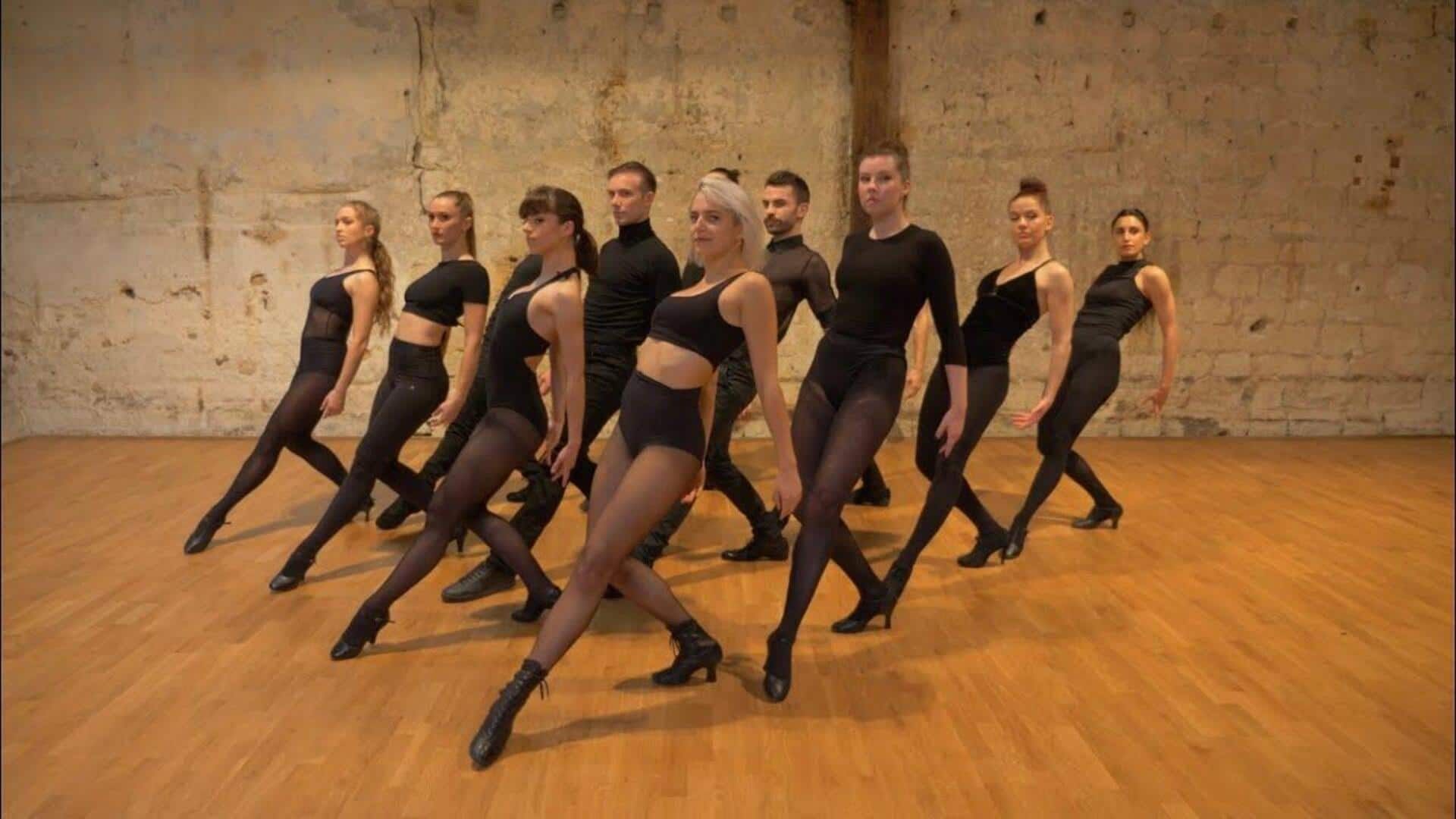
Inline skating v/s jazz dance: Which is better for coordination?
What's the story
Inline skating and jazz dance are two popular activities that promise to improve coordination. Both exercises engage different muscle groups and require distinct skills, making them unique in their own way. While inline skating is all about balance and movement on wheels, jazz dance focuses on rhythm and body control. Here's a look at how each activity improves coordination, and which might suit you better.
#1
Balance and stability in inline skating
Inline skating requires you to balance on wheels, which is a great way to improve your stability. As you glide forward, you need to shift your weight from one foot to another, which improves your proprioception (awareness of body position). This constant adjustment helps develop core strength and coordination between different body parts. Regular practice can lead to better balance not just while skating but in daily activities too.
#2
Rhythm and body control in jazz dance
Jazz dance is all about rhythm, timing, and body control. Dancers have to keep up with music beats while executing precise movements that require coordination between arms, legs, and torso. The choreography usually involves quick changes in direction and speed, which challenge the dancer's ability to synchronize their movements with the music. This practice enhances neural connections related to motor skills and improves overall body coordination.
#3
Cardiovascular benefits of inline skating
Inline skating is an excellent cardiovascular workout that also improves your coordination. The aerobic exercise increases your heart rate and circulation, while also requiring you to move your body in a coordinated manner. As you skate, you have to use your arms for balance, and your legs for propulsion, which engages multiple muscle groups at once. This not only improves your cardiovascular health but also your muscular coordination.
#4
Flexibility gains from jazz dance practice
One of the key elements of jazz dance is flexibility, which is essential for executing many moves with grace and precision. The warm-up routines before a jazz class usually involve stretching exercises that increase flexibility over time. This increased flexibility contributes to better joint mobility, which is essential for overall physical coordination. It allows smoother transitions between movements in both dance routines and everyday life activities.